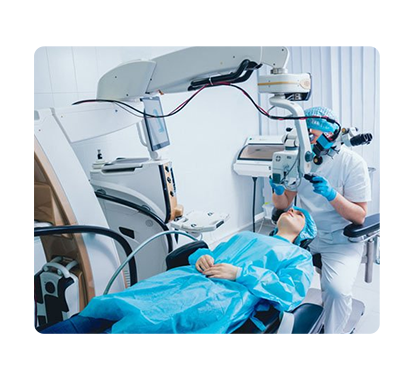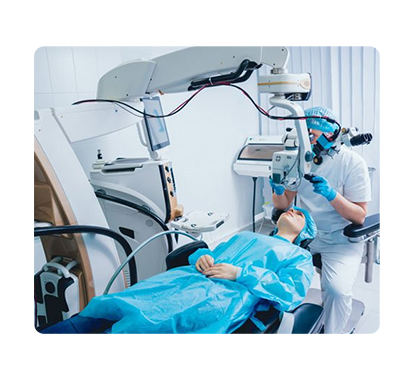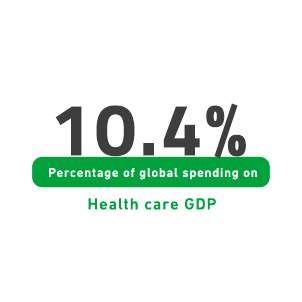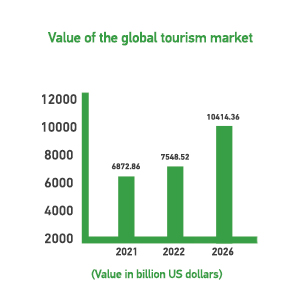Mashroo3k Economic Consulting Company offers a feasibility study for a retinal medicine and surgery center project, with the highest return on investment and the best payback period, through a set of accurate studies of the size of the Iraqi market, analyzing the strategies of local and foreign competitors, and providing competitive price offers.

The Retina Medicine and Surgery Center project is one of the projects that the Iraqi market needs, according to statistics from Mashro3ak Economic Consulting Company, due to the lack of similar projects and the continuous increase in services that the Iraqi user needs.
Eye surgeries are considered the most important medical specialties that receive the attention of the medical community, as medical devices and equipment are developing to help perform eye surgeries with the highest accuracy and the lowest possible risk.
Mashroo3k Economic Consulting Company provides investors wishing to invest in a retinal medicine and surgery center project with a set of specialized feasibility studies based on updated databases specific to the Iraqi market, which helps the project succeed, achieve the highest return on investment, and the best payback period, through accurate studies of the size of the Iraqi market, customer needs, analysis of the strategies of local and foreign competitors, and the ability to provide competitive price offers.

Mashroo3k Economic Consulting Company directs investors who wish to invest in a retinal medicine and surgery center project, or develop their existing projects, to seek the opinions of specialized consultants through Mashroo3k Company, to help them determine the best devices suitable for starting or developing the project, and the best medical expertise in the field of eye care and treatment, in order to develop the center’s services and raise its competitive advantages.


Executive Summary
Study of project services/products
Market Size Study
Risk study
Technical study
Financial study
Organizational and administrative study

The health sector in the GCC countries.
Mashroo3k Company presents some important indicators and keys for anyone wishing to invest in this sector and its projects in the GCC countries:
During the life of “Mashroo3k ” which has been spent supporting entrepreneurs and investors, it has developed a true belief in the importance of the health sector and its pivotal role in the renaissance of the economy and the elevation of the status of nations. Based on this belief, “Mashroo3k ” has decided to present some important indicators and keys for anyone wishing to invest in this sector and its projects in the GCC countries:

According to UN reports, the world population will reach 8.5 billion people in 2030 and by 2050 it is estimated that the population will rise to 9.7 billion people. This increase in population will certainly be met with an increase in the volume of demand for healthcare services; therefore, your project recommends investing in this vital sector.
It is noteworthy that global spending on health is expected to increase at a rate of 3.9% annually between 2020 and 2024, which is a much higher rate than the rate recorded between 2015 and 2019, which amounted to 2.8%.
It is worth noting that the number of hospital beds in the world per (1000 people) is 2.9 beds, and the number of doctors per (1000 people) is 1.8 doctors. As for nurses and midwives per (1000 people), the number reaches 4; these numbers are considered much less than required; therefore, we hope to increase investments in the health sector to meet the volume of demand for health care services.
Global Healthcare Sector
Technological developments in the healthcare sector have played a significant role in improving medical services; survival rates and quality of life have improved significantly over the past decade. Experts expect the global medical services market to grow from USD 6,872.86 billion by the end of 2021 to USD 7,548.52 billion by the end of 2022. By 2026, the medical services market is set to grow significantly, reaching USD 10,414.36 billion at a CAGR of 8.4% during the forecast period (2022: 2026).